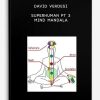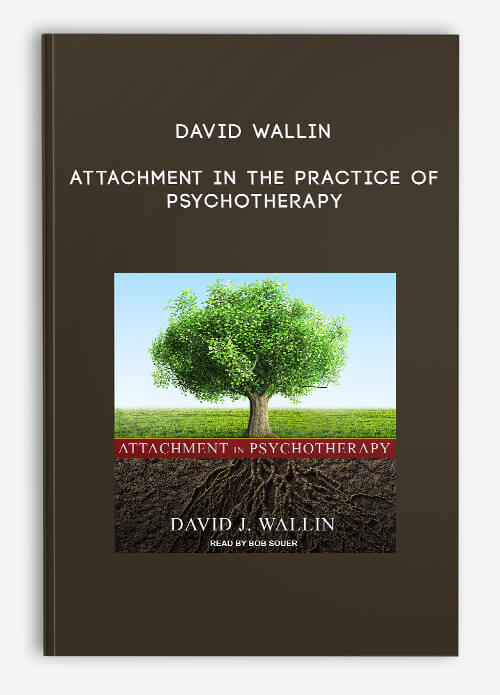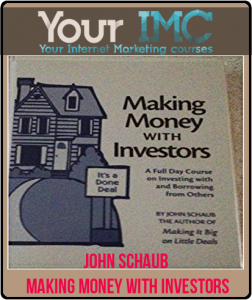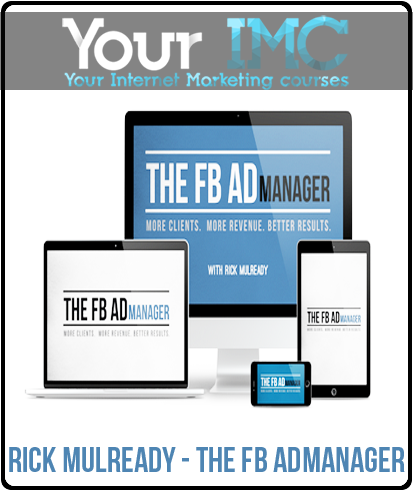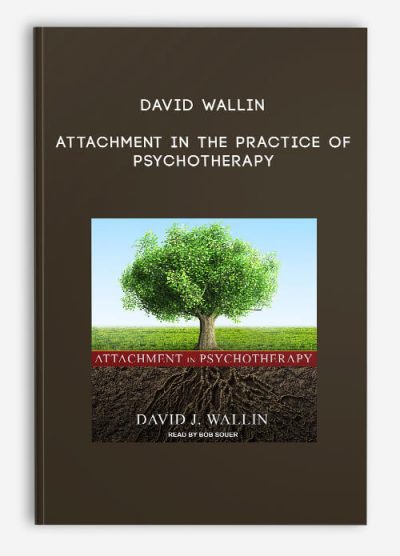
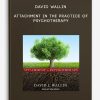
Attachment in The Practice of Psychotherapy by DAVID WALLIN
$87.00
- Description
Description
Attachment in The Practice of Psychotherapy by DAVID WALLIN
**More information:
Get Attachment in The Practice of Psychotherapy by DAVID WALLIN at bestoftrader.com
Description
Dear friends and colleagues,
I invite you to join me for my new online course entitled Attachment in the Practice of Psychotherapy. In this course I will share with you much of what I’ve learned about psychotherapy from my experiences as a therapist, parent, patient, and meditator, as well as my decades-long study of attachment theory, relational psychoanalysis, and neuroscience.
The essence of what I’ve learned is that psychotherapy heals through a process of transformation through relationship. You’ll learn a lot of the “how to” when it comes to engaging in this process in ways that can benefit your patients.
The findings of attachment research have revolutionized our understanding of development, the internal world, and the consequences of development gone awry. Meanwhile, the clinical research carried out under the banner of relational psychoanalysis has generated a wealth of insight into the interactive “alchemy” that potentially makes psychotherapy such an illuminating and enlivening experience for both partners in the therapeutic couple.
Finally, neuroscience has given us a new understanding of the unconscious not as a buried repository of unbearable experience but as a pervasive influence that is, paradoxically, always hidden but also always manifest—and can potentially be identified—in virtually everything we think, feel, and do.
Psychotherapy itself has a paradoxical quality that the course explores in depth: It involves our deliberate efforts to conduct ourselves in ways the theory and research teach us will be beneficial. It also involves our inadvertent, unconsciously driven participation in the relationship we co-create with our patients.
In attempting to make you a more effective practitioner of the art of psychotherapy, the course lays out for you:
- The guidelines for creating developmentally facilitative relationships in both childhood and therapy.
- Ways of intervening in light of your own and your patient’s attachment history and patterning.
- How you can utilize mindfulness and mentalizing in working with the enactments that arise where your attachment history/patterning meets that of your patient.
- How you can balance the necessary authenticity and self-revelation with the patient’s need for emotional safety.
Join me both for the online course and the live interactions, in which I’ll address in real time as many of your questions and concerns as I can. For me, the important thing to know about the “take” on psychotherapy I’ll be conveying is that it is not primarily about theory and certainly not about technique. Instead, it involves an exploration of the unique relationship whose healing potential depends on our openness to learning as much as possible about how who we are as people—our strengths and vulnerabilities—can be used in ways that benefit our patients.
Warmly,
David Wallin
P.S. Sounds True, the outfit that (so brilliantly) produced the course, wants you to know that it’s good upon completion for ten Continuing Education credits and that it comes with a yearlong guarantee of satisfaction so that you can take the course in a way that’s financially risk-free.


